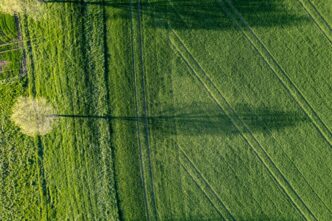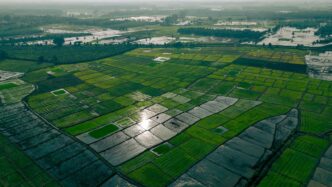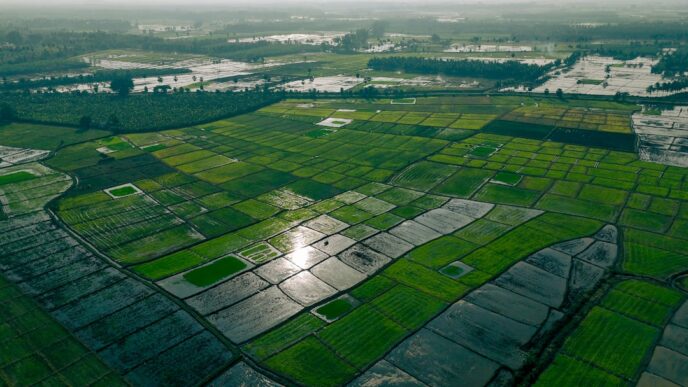In a world grappling with climate change and food security challenges, vertical farming is emerging as a promising solution, particularly in rapidly urbanizing regions. Rather than sprawling fields, this innovative approach to agriculture optimizes space and resources, creating opportunities to meet growing demands for fresh produce in confined urban landscapes.
Take Singapore, for example. With limited arable land, the city-state has invested heavily in vertical farming technologies, aiming to produce a significant portion of its food supply locally. The government’s “30 by 30” initiative seeks to produce 30% of nutritional needs through local sources by 2030. This ambitious goal is not merely about food self-sufficiency; it’s also a response to the vulnerabilities exposed by global supply chain disruptions, especially highlighted during the pandemic.
Vertical farms utilize hydroponic and aeroponic systems that enable crops to grow without soil, using nutrient-rich water solutions instead. This method conserves water—up to 90% less than traditional farming—and minimizes pesticide use, addressing both environmental and health concerns. According to the Singapore Food Agency, urban farming could result in a production increase of over 50 times per square meter compared to conventional agriculture.
But this trend isn’t limited to affluent nations. In countries like India, startups like Oxygreens are beginning to harness vertical farming not just to address hunger but to create jobs and stimulate local economies. Such enterprises are pioneering technologies that allow farming in urban slums and underutilized spaces, showcasing how innovative solutions can transform underdeveloped areas into food production hubs.
Despite its potential, vertical farming faces challenges that could hamper its growth. High startup costs, particularly in technology and infrastructure, may deter small farmers from entering this space. Moreover, the energy-intensive nature of some vertical farming operations raises concerns about sustainability. Critics argue that without renewable energy sources, the carbon footprint could negate the environmental benefits of such systems.
Regulatory frameworks also play a critical role. The European Union is exploring how to integrate vertical farming into existing agricultural policies while ensuring food safety and quality standards. The complexity of compliance could either stifle innovation or encourage investors to seek more business-friendly environments elsewhere.
There are lessons to be learned from Japan, where vertical farming is not just a response to land scarcity but a cultural shift towards sustainability and technological advancement. Companies like Spread have been at the forefront, developing automated farms that reduce labor costs while maximizing yield. This model demonstrates how, through innovation, agricultural practices can transform into high-tech industries, attracting investment and skilled labor.
The conversation around vertical farming is not merely an academic one; it has real implications for food security, urban development, and economic growth. As cities continue to expand, the integration of vertical farms could redefine how we think about food production.
With a growing interest in sustainable practices, many investors are watching closely. Organizations like the Food and Agriculture Organization (FAO) are highlighting the need for such innovations to ensure future food systems can withstand crises. While vertical farming is not a panacea for all agricultural woes, it undoubtedly represents a step towards a more resilient and sustainable food economy. As we navigate the complexities of climate change and urbanization, solutions like this may be essential to building a food system that serves both people and the planet effectively.













